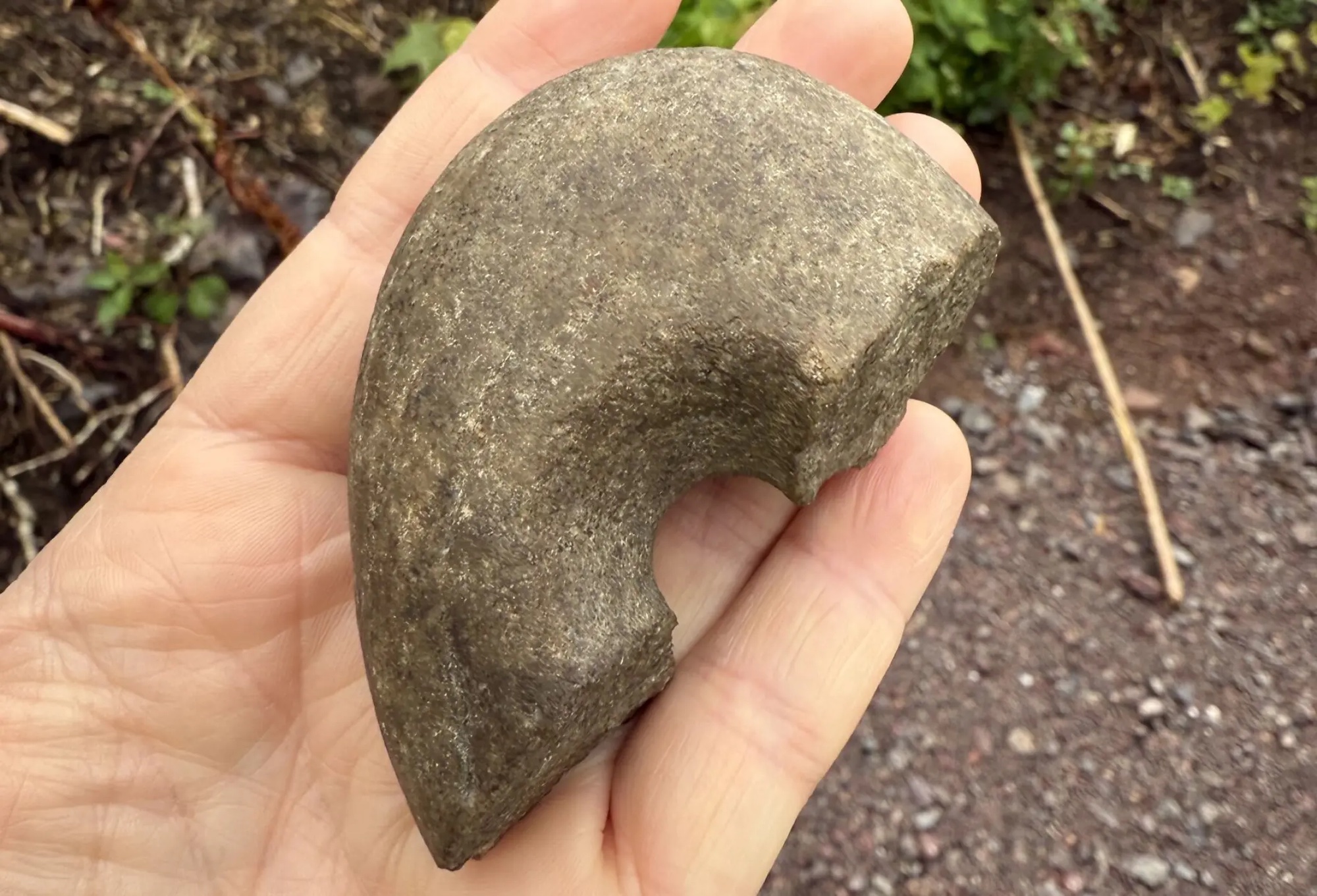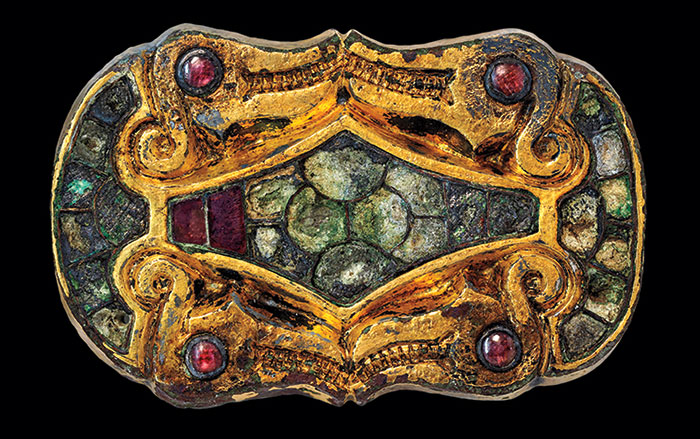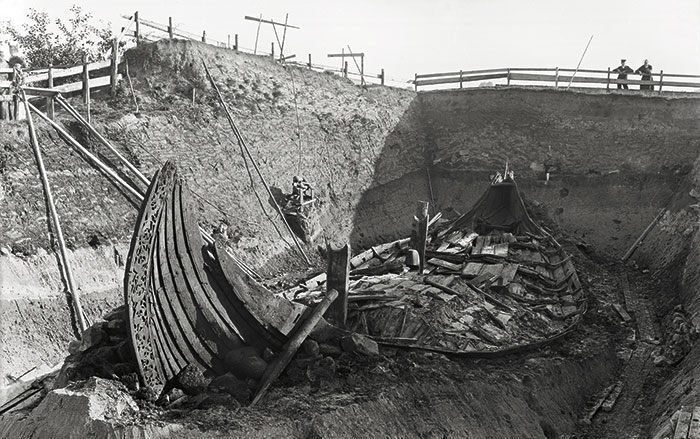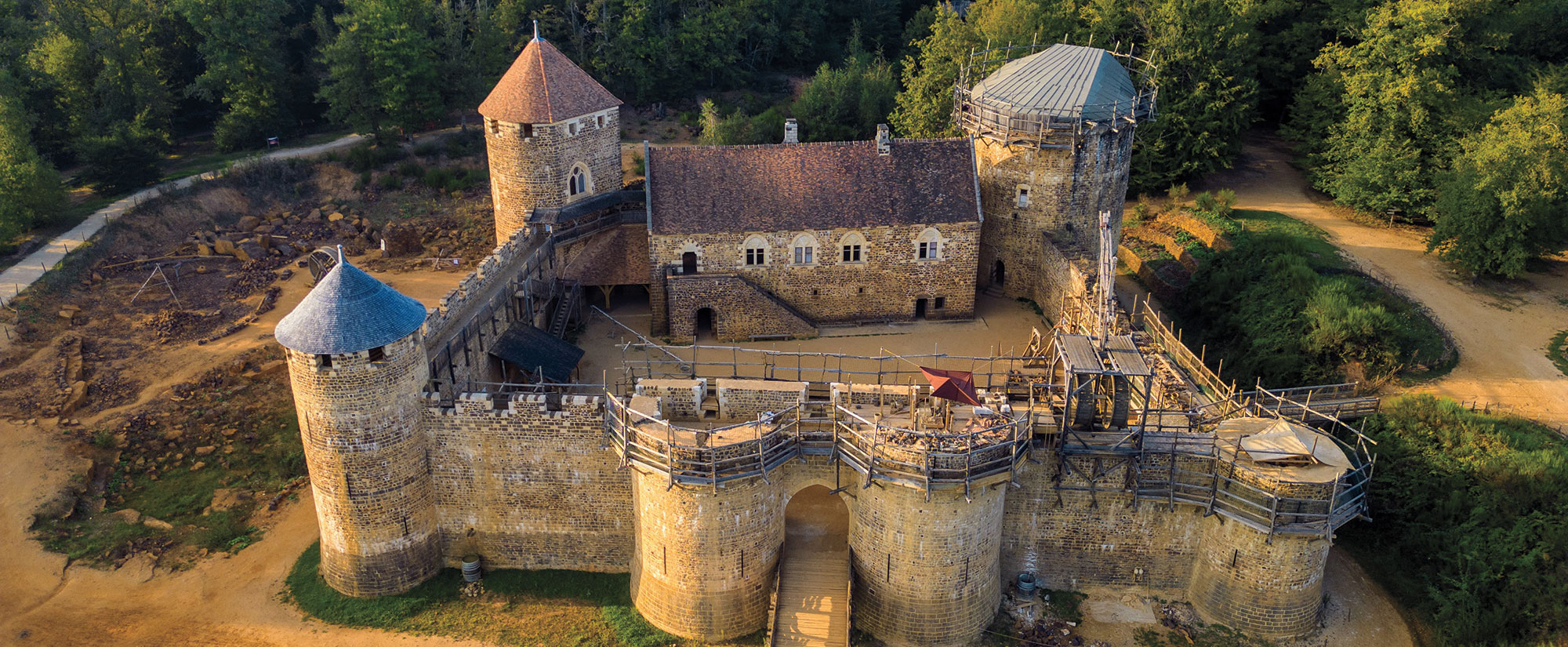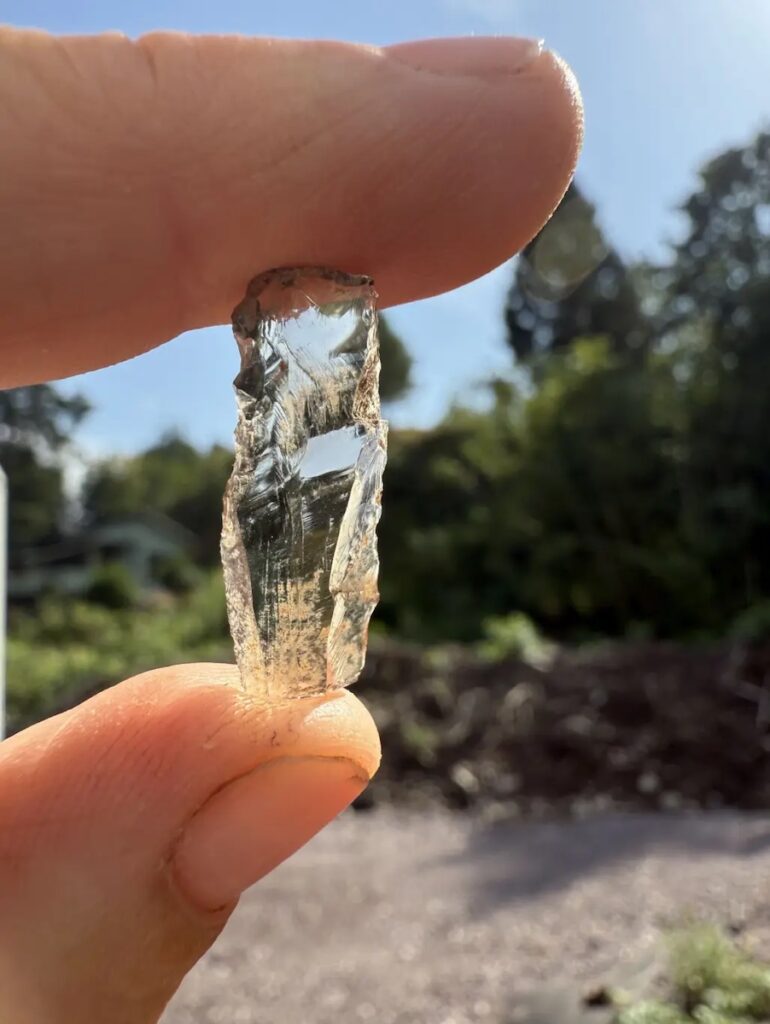
HORTEN, NORWAY—An excavation in eastern Norway has uncovered traces of a dwelling and thousands of artifacts marking a shift some 9,000 years ago from nomadic hunting and gathering to a more sedentary lifestyle featuring fishing and the development of new technologies. At the time, the dwelling sat on high ground near a cove. Archaeologist Silje Hårstad of the Museum of Cultural History told Science Norway that a variety of tools were recovered from the site, including half of a shaft-hole club. “It was round, slightly oval, with a distinct drilled hole in the middle where a shaft was once attached,” she said. Wear marks on this club suggest that it had been used as a tool, perhaps to pound fibers to soften them, Hårstad added. Fishhooks, a tool made of rock crystal, part of a polished ax blade, and an unfinished step ax were also recovered. Hårstad and her colleagues will analyze samples of the burned bones at the site for information on what sorts of animals were consumed and soil samples from the dwelling to look for evidence of bark mats that may have been used as flooring. They will also radiocarbon date hazelnuts from the site for an accurate timeline of the occupation. “All these finds point to a period of intense activity, enough to build up these layers of artifacts and bone remains,” Hårstad said. “As well as the fact that they invested resources in a solid house construction instead of just putting up a tent.” To read more about Norwegian archaeology, go to "Hidden Messages."


